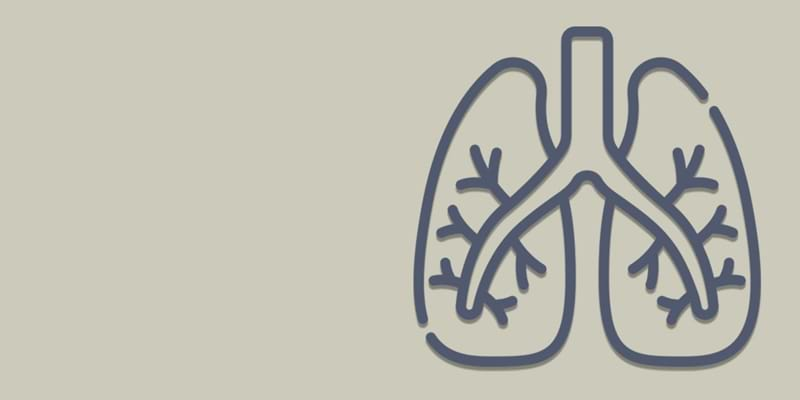
Positioning and Respiration
Positioning can have a great effect on clients with respiratory difficulties and goes hand in hand with pulmonary rehabilitation. But how can we utilize positioning for clients with respiratory challenges?
7. August 2019
By: Physiotherapist, Peter Maindal
Positioning in the supine position is often used to create comfort for the client, to relieve pressure and prevent pain. Positioning is also used to optimize work health and safety for the caregivers, by helping hold the client or patient still. However, that positioning has a positive effect on respiration is often overlooked.
Secretion is Accumulated in the Lungs
Normal practice is often to have patients with respiratory difficulties lie down with the head end of the bed elevated at approximately 30-degrees. When the client is halfway lying and halfway sitting in this position, gravity will push the secretion from the lungs down to the bottom of the lung tissue allowing the client to breathe more easily because he/she is only using the top half of the lungs.
However, sitting or partially lying down in this position also harms the patients’ lungs ability to function. This is particularly true for the lower half of the lungs as secretion accumulates and fills the alveolar sacs. In time, this can limit the expansion of the lungs making it harder for the patient to breathe.
Ventilation of the Lungs
In pulmonary physiotherapy, using the lateral recumbent or side-lying position can be a great way of ventilating the lungs.
If the client lies in the right lateral recumbent position, the secretion found in the left lung will be more easily extruded as the lung is ventilated. This also helps the alveolar sacs maintain their elasticity and improves overall lung health.
It is important for the lung tissue to be ventilated in this manner, therefore, making sure to position clients or patients with respiratory difficulties in the lateral recumbent position, and turning them from one side to the other, is very important for respiratory health.
Many clients with pulmonary issues will typically not find it comfortable to lie in the lateral position, because it becomes harder for them to breathe. Therefore, the patient might become anxious and fear falling over into the prone position where their respiration will be even more challenged.
Therefore, it is important to make the lateral position as comfortable as possible for the patient by using positioning products designed to provide stability. This way it is possible to support and optimize the treatment of respiratory disorders.
Treatment Method
Practical experience suggests that lung diseases can be prevented by continuously and actively working with positioning. In this video, we present four different ways of positioning patients or clients, to help with respiratory difficulties.
The methods can be used for all clients with respiratory challenges such as Cystic Fibrosis, COPD, pneumonia and more.
